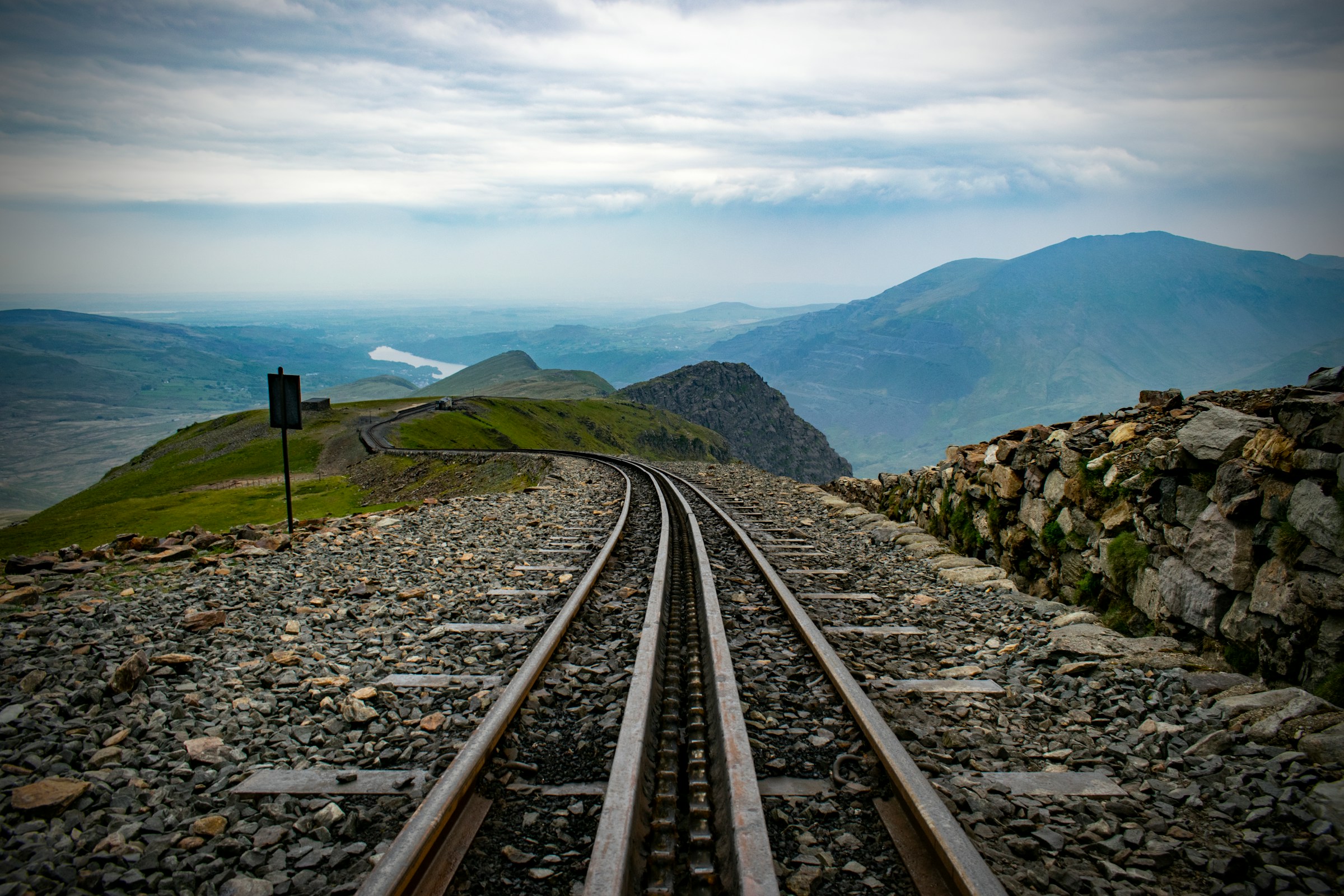How are UK's heritage railways contributing to local wildlife conservation?

The historical fabric of the UK is laden with stories of steam and coal, of train whistles and the rhythmic chugging of locomotive engines. Remnants of a bygone era, the heritage railways, are not just beloved museums of transport history, but they have emerged as significant contributors to local wildlife conservation. Let's explore how these living museums of rail transport are helping to preserve the local biodiversity of the UK.
Harnessing Railways for Wildlife Conservation
Heritage railways and nature conservation might seem like unlikely bedfellows. However, over the past decade, numerous railway projects have been initiated to protect and enhance the biodiversity along their tracks and stations.
Sujet a lire : How can UK's agricultural sector implement more owl-friendly practices to control rodent populations?
Heritage railways, with their low-speed steam trains, offer the perfect opportunity to preserve and enhance a wide range of habitats. Their embankments and cuttings provide the ideal environment for a plethora of wildlife. They have become uncommon havens for plants, insects, birds, and even mammals.
Projects spanning the length and breadth of the country, from London to the far reaches of Scotland, have been harnessing the railways for wildlife conservation. The railways act as wildlife corridors, allowing species to move safely across the landscape. They are also often the last refuge of endangered species as many railway lines are no longer in use and are undisturbed.
Sujet a lire : What are the impacts of UK's recent forestry regulations on red squirrel conservation?
One case in point is the Kew Bridge Steam Museum in London. This museum has made significant strides in recording and conserving local wildlife. Their project, aptly named 'From Coal to Wildflowers', transformed a coal yard into a wildflower meadow, attracting numerous species of bees, butterflies, and birds.
Heritage Railways and Their Role in National Biodiversity Strategy
While the primary function of heritage railways might be to provide a nostalgic journey back in time, they also play a crucial role in the UK's National Biodiversity Strategy.
The national strategy recognises the importance of protecting wildlife habitats, especially in a world increasingly dominated by urbanisation. Heritage railways, with their unique landscapes, form green corridors that are vital for many species.
In the North York Moors National Park, for instance, the North Yorkshire Moors Railway operates a steam train service. The railway line not only attracts thousands of visitors each year but also serves as a sanctuary for a host of threatened species. This rail line runs through a diverse range of habitats, from woodland to moorland, and staffs are trained in the importance of biodiversity and are encouraged to record sightings of wildlife.
The Impact of Heritage Railways on Local Communities
Heritage railways are more than just a nostalgic trip down memory lane. They are, in fact, playing a major role in bringing local communities closer to nature.
Many of the heritage railway projects have an educational component, conducting workshops and guided tours that focus on the local wildlife and the importance of biodiversity. These activities inspire local communities and visitors alike to appreciate the natural world and become involved in its protection.
The East Lancashire Railway, for example, runs a project called 'Train Wood', which transformed a disused railway line into a vital wildlife habitat. The project has not only improved biodiversity, but it has also provided local people with opportunities to learn about wildlife conservation.
Conservation Efforts: A Case Study of Severn Valley Railway
The Severn Valley Railway, in the heart of Shropshire, is a sterling example of a heritage railway contributing to local wildlife conservation.
The Severn Valley Railway is a historic line that takes passengers on a journey through some of England's most beautiful landscapes. But the heritage railway is more than just a tourist attraction. It has become a haven for local wildlife.
The railway's conservation project focuses on the creation and management of habitats along the railway line. The railway embankments, for example, are being managed to encourage the growth of native plant species, which in turn attracts a wide range of insects, birds, and mammals.
The Severn Valley Railway also works closely with local schools and community groups. They organise educational activities to raise awareness of the importance of biodiversity and how heritage railways can contribute to its protection.
Heritage railways are indeed a vital cog in the machinery of wildlife conservation. They offer a unique opportunity to preserve and enhance habitats in an ever-urbanising landscape. Their efforts not only help to safeguard our biodiversity for future generations, but they also inspire local communities to connect with nature and its conservation.
Remember, the next time you board a steam train, you're not just stepping back in time, but also stepping into a vital wildlife sanctuary.
The Role of The National Lottery Heritage Fund in Preservation Efforts
The National Lottery Heritage Fund plays a pivotal role in aiding the preservation efforts of the UK's heritage railways. The organization recognises the importance of these railways as both historical treasures and crucial wildlife corridors.
Through generous funding allocations, the fund enables heritage railway societies to undertake robust conservation projects. It provides significant financial resources that are critical for the creation and maintenance of local biodiversity habitats along railway lines.
A remarkable example of this is the 'Living Lines' project carried out by the North Norfolk Railway. This project, with financial assistance from the National Lottery Heritage Fund, has been successful in transforming disused railway cuttings and embankments into vibrant nature reserves. The reserves now provide a safe haven for numerous species of insects, birds, and mammals.
Moreover, the funding also supports the educational activities organized by these heritage railways. The 'Living Lines' project, for instance, offers workshops and guided tours, helping local communities to learn about the importance of biodiversity and how they can contribute to its preservation.
Beyond doubt, the National Lottery Heritage Fund has proven instrumental in the efforts of the UK's heritage railways to foster local wildlife conservation.
The Future of Heritage Railways and Wildlife Conservation
Looking ahead, the future holds promising prospects for the relationship between heritage railways and wildlife conservation in the UK. As society becomes increasingly aware of the threats to biodiversity, the role of heritage railways in wildlife conservation is likely to garner more attention and support.
A case in point is the rise of wildlife trusts partnering with heritage railways. These partnerships, such as the one between the Avon Valley Railway and the Avon Wildlife Trust, enable more comprehensive and effective conservation initiatives. They bring together expertise in both railway heritage preservation and wildlife conservation, resulting in a well-rounded approach to protecting local biodiversity.
Additionally, the lower emissions generated by steam locomotives compared to other modes of transport mean that heritage railways offer a more environmentally-friendly alternative for tourism. Heritage railways are, therefore, expected to play a critical part in the UK’s broader efforts to reduce carbon emissions and combat climate change.
Ultimately, the future of heritage railways and wildlife conservation looks bright. With the continuous support from organisations like the National Lottery Heritage Fund, and growing partnerships with wildlife trusts, the UK's heritage railways are set to continue playing a vital role in preserving the nation's biodiversity.
In conclusion, the UK's heritage railways are not merely relics of a bygone era. They are living, breathing entities that contribute significantly to local wildlife conservation efforts. From creating and maintaining wildlife habitats along railway corridors to engaging local communities in biodiversity preservation, heritage railways are making a substantial difference. Their work is a testament to the fact that preserving our historical heritage can go hand in hand with caring for our natural environment. So, next time you embark on a nostalgic train journey along one of these historic lines, remember that you are also traversing through a crucial wildlife sanctuary.
